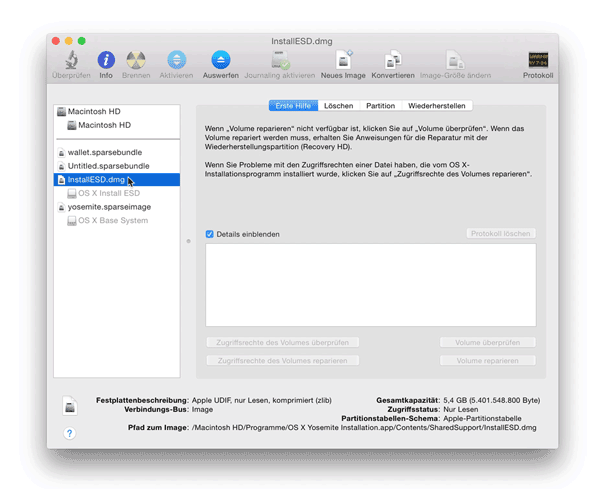
- #Vmware vs virtualbox for yosemite how to#
- #Vmware vs virtualbox for yosemite mac os x#
- #Vmware vs virtualbox for yosemite license#
- #Vmware vs virtualbox for yosemite plus#
#Vmware vs virtualbox for yosemite how to#
#Vmware vs virtualbox for yosemite plus#
On later versions of macOS your preferred virtualisation software will require specifically allowing their System Extension(s) to run via System Preferences > Security & Privacy, plus they may require to be granted access to Accessibility.Purchase/install/update your preferred virtualisation software (see list above).use a web browser to go to and see if you can view a web page Make sure your actual, physical Mac has a working internet connection e.g.Mac computer for hosting your preferred guest OS preferably with a working Recovery Partition.Preparation NOTE: You will need the following: NOTE: This document was written using a Mac mini (2014 model) with macOS 10.14 Mojave running in 64-bit only test mode and using Parallels Desktop 14.1.2, VMWare Fusion 11.0.2 and VirtualBox 6.0.4. macOS 12 - does not support 32-bit applications, new security/update model.macOS 11 - does not support 32-bit applications, new security/update model.

#Vmware vs virtualbox for yosemite mac os x#
#Vmware vs virtualbox for yosemite license#
: If I understand the licensing correctly, I must either pay for a Yosemite license or run an older version of OS X.Virtualising a physical Mac/hard disk/clone/disk image file Article ID = 232Īrticle Title = Virtualising a physical Mac/hard disk/clone/disk image file I did also see this link, but that seemed to be throwing stuff against the wall just to see what will stick, and I'm not sure if it's applicable to my problem. I found similar instructions on multiple sites on the web, but I'm not seeing any results. The only resolution available on the guest is still 1024x768. I did some poking around the internet and made the following changes:Įdited /Library/Preferences/SystemConfiguration/ and added:Ĭopied to /Extra/, which meant creating /Extra.Ĭopied to /Extra/. My monitor has 2048x1152 as a valid resolution, so I figured I'd go with that.



I would like to have the VM run at a better resolution than the 1024x768 default. The OS of the main box is OS X Yosemite, and the VM is running OS X Mavericks. I just bought a shiny new Mac Pro, and I'm trying to set up a VirtualBox VM on it.


 0 kommentar(er)
0 kommentar(er)
